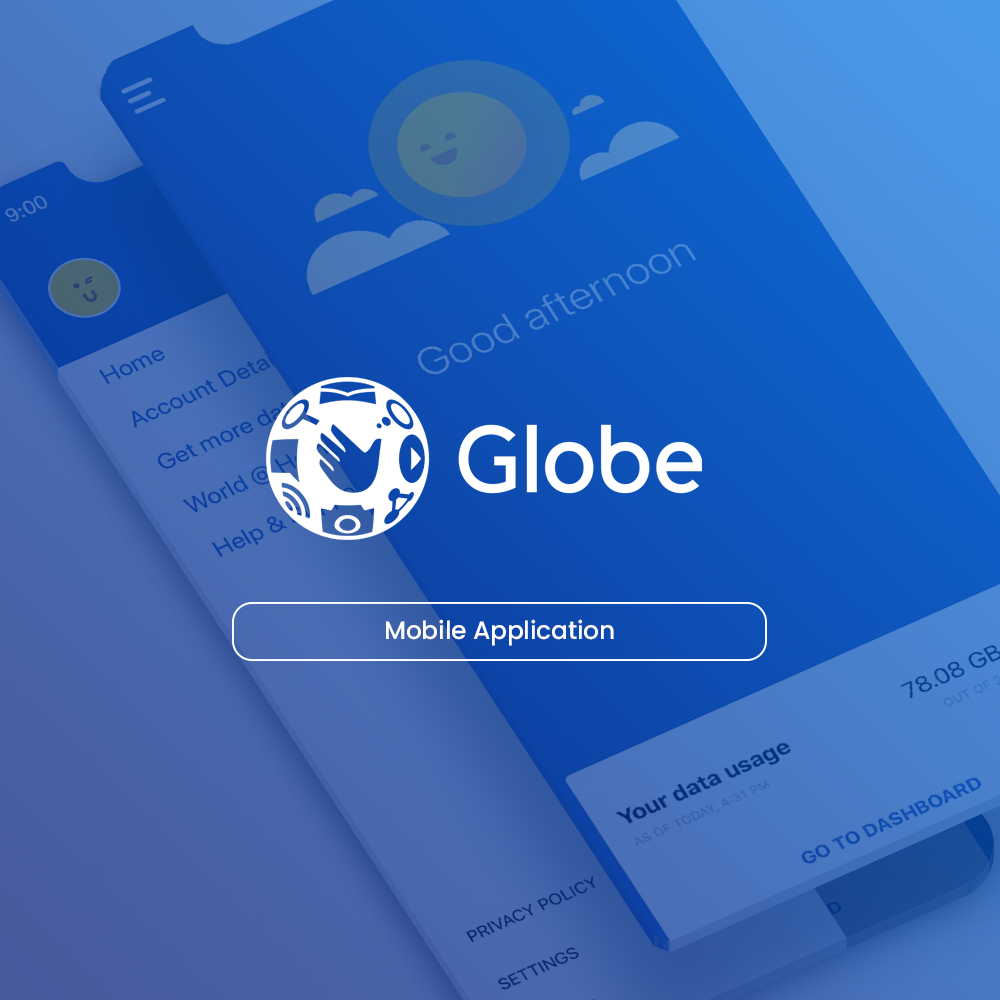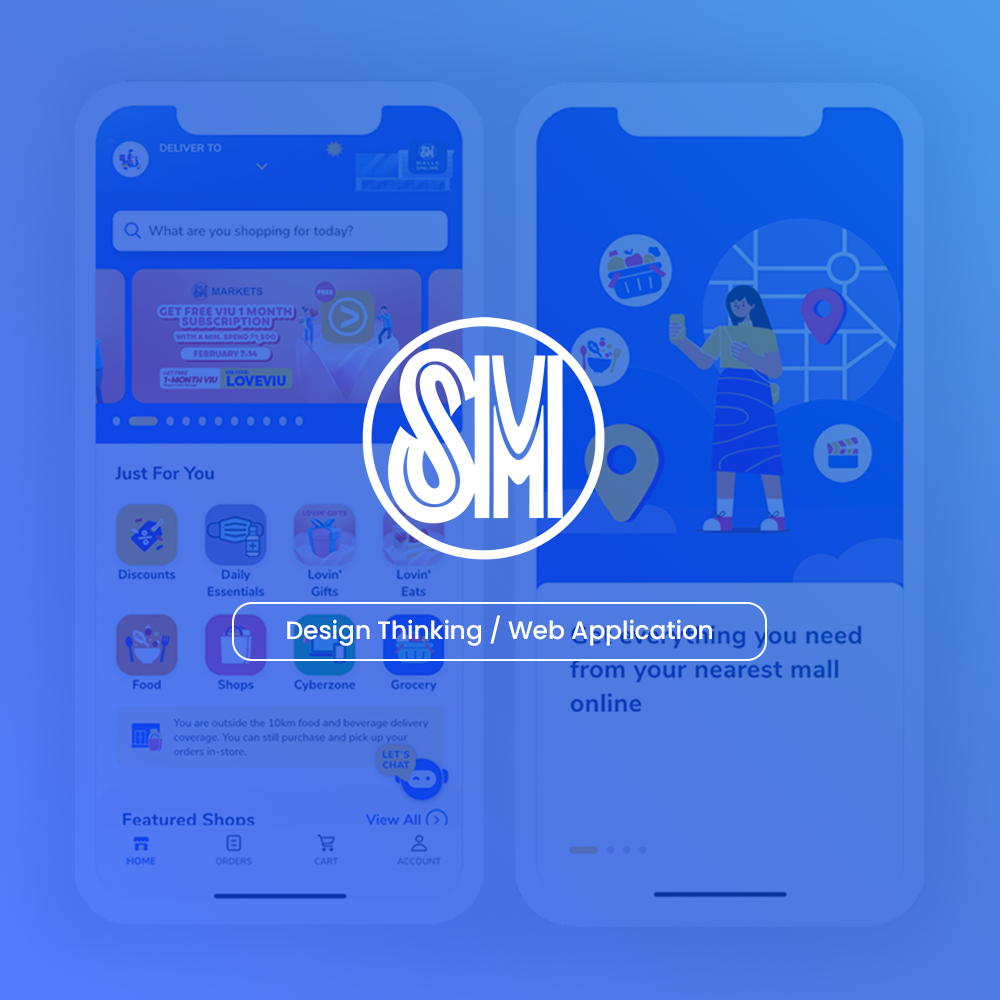With brands needing to establish multiple revenue channels online to compete on a digital and global scale, outsourcing software development just makes more sense. You gain access to technology veterans and highly skilled developers without having to hire and groom them in-house. Still, when outsourcing your project to an IT service provider, both parties remain accountable and responsible and will have to work well together.
Stratpoint has been in the outsourced software development business for more than a decade. We’ve launched hundreds of applications and solutions for our dozens of clients in the Philippines and overseas. In this blog post, we put together outsourcing best practices that we’ve developed over the years and that we find are vital to the success of our projects.
1. Establish your North Star
Before you talk about budget and skills, it is important to first know what you want to achieve with your application. At the beginning of the project, you need to know the problem your application will solve, and you need to make sure your service provider understands it.
No project will go exactly as planned — there will be bumps, errors, delays, changes, and arguments. But if you have established your North Star, you will always know how to steer your project back on course.
2. Choose an engagement model that best fits your requirements
Decide on an outsourcing engagement model that best fits your project timeline, complexity, and budget. For a straightforward application with a tight timeline, a staff augmentation engagement will be a good way to immediately kickstart the project.
For a long-term project to develop an enterprise-scale application with additional features every month, you may want to explore onboarding a dedicated Agile team. In our previous blog post, we discussed the pros and cons of staff augmentation and dedicated team engagements.
3. Set realistic milestones
Aim for progress, not perfection. When you agree on milestones at the beginning of the project, both parties will be able to objectively quantify what components have been completed, what are pending, and what need to be re-assessed. Mark the milestone by celebrating it as a win to help encourage team morale. Milestones are also good points in time to report progress to and ask support from stakeholders.
Remember that all project team members, both from the service provider and the client side, are human beings surviving an ongoing global health crisis today. Incorporate flexibility into your project timelines — not too lax but definitely not rigid. When the team members are physically and mentally healthy, they are more capable of producing quality output and are less likely to rush and commit mistakes.
4. Agree on communication channels and schedules
With multiple messaging and email apps installed on our devices, it is difficult to keep track where we received that project update and from whom. To avoid misunderstandings early in the engagement, agree on where and when updates, questions, and issues should be raised. Ideally, there should only be one place where all official communication will be documented.
More than having a centralized communication platform, both parties should practice interactive communication. That is, as a client, you may go beyond delegating tasks and decisions. Seek counsel from your service provider. Their industry learnings will bring wisdom to your own situation. In the same way, a service provider’s expertise does not mean they are the sole authority on everything technical. Your intimate knowledge of your own clientele is central to any solution.
5. Ensure security on both sides
Sign a mutual non-disclosure agreement to protect intellectual properties and trade secrets of both parties. When you ensure security and privacy on both sides, you can more freely exchange information and leverage your respective capabilities to bring the project to success. Moreover, the privacy of your clients will also be protected. Establish security protocols when transferring, handling, and maintaining information to and from each other.
6. Have an exit plan
Nobody ever plans to fail, but you have to be ready in the event of a change in scope, direction, or other unforeseen reasons where it would be more amicable for you and your service provider to part ways. In fact, you can map out an exit plan with your service provider and know that should you need to activate the said plan, it will only dissolve your engagement in that particular project and not necessarily affect any ongoing or future arrangements between both parties.
7. Find a partner, not a vendor
Choose a team that will not simply receive instructions from you, sit in front of their keyboards, and code away. You need a partner that will challenge you, bring new insights to the table, and, in the end, deliver a more valuable solution to your market. Your team should be thinking long-term with you, not just a one-and-done, albeit successful, project. That’s exactly what we at Stratpoint, with over 20 years of software development, cloud, data, and AI experience under our belt, offer our own customers.
When you choose our software development service, you get:
- An established Agile practice to help you launch applications fast and deploy often
- Access to the Stratpoint Tech Council who will provide guidance and oversight on software development, cloud, data, and AI
- Data privacy and security practice built into every project we take on
Want to know more about how we maintain long-term partnerships with top clients in the Philippines and in Silicon Valley? Message us through the form below.



